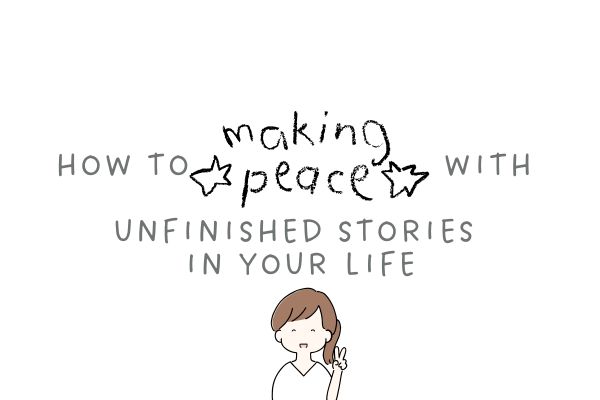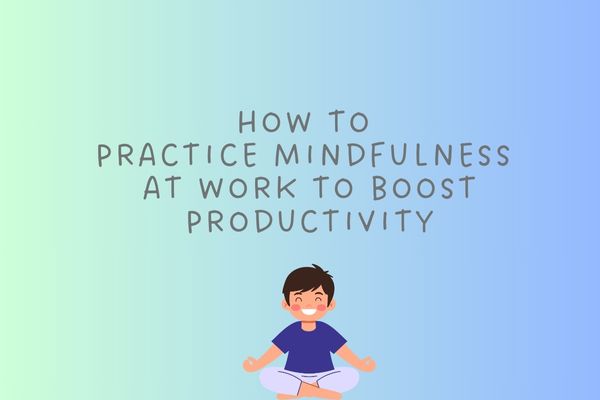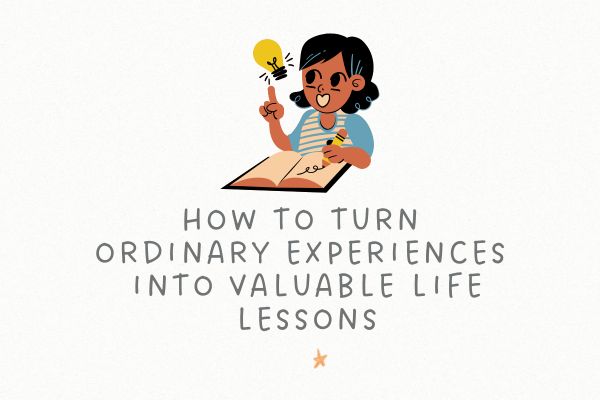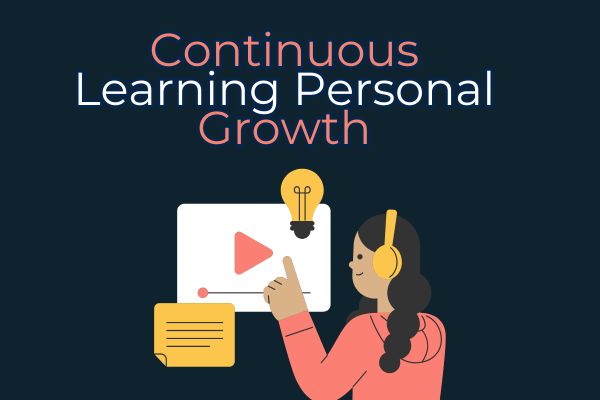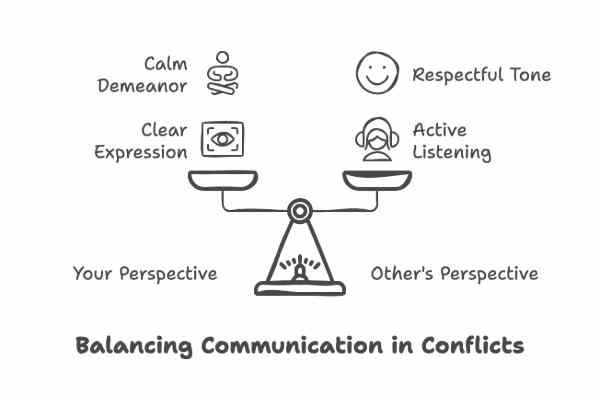Chapter One: The Weight of Unfinished Stories
Life is a collection of stories, woven together by choices, moments, and unexpected turns. Some stories reach a satisfying conclusion, while others remain unfinished—dangling in uncertainty, unresolved, or abruptly cut off. We often carry these unfinished stories with us, feeling their weight in the quiet hours of the night or in the spaces between our daily routines. They haunt us in the form of unanswered questions, lingering emotions, and a longing for closure that may never come.
You might think of the relationships that ended without a goodbye, the dreams that never took flight, the words left unsaid, or the paths you never walked. Some stories feel like half-written novels, abandoned before their climax, while others feel like conversations interrupted mid-sentence, never resumed. We tell ourselves that if we had just one more moment, one more chance, we could rewrite the ending. But life rarely offers rewrites. Instead, we are left with fragments of what could have been, echoes of possibilities that never fully materialized.
But what if unfinished stories are not failures? What if they are simply a part of the larger narrative of our lives, shaping us just as much—if not more—than the stories with clear resolutions? Making peace with these stories requires a shift in perspective, an understanding that closure is not always necessary for growth, and an acceptance that some things are meant to remain open-ended.
Chapter Two: The Myth of Closure
Society teaches us to seek closure as if it were a necessity for moving forward. We are told that healing requires a neatly tied bow at the end of every chapter. But life is rarely so tidy. Sometimes, closure never comes, and the expectation that it should only deepens our suffering.
Think about the people who vanish from our lives without explanation—the friend who suddenly stops replying, the lover who walks away without a word. We crave answers, believing they will set us free. But what if those answers never come? What if the only closure we ever receive is the one we give ourselves?
In reality, closure is an internal process, not an external event. It is not about receiving an explanation, an apology, or a grand resolution. It is about deciding, within ourselves, to let go. To release the need for an ending we will never receive. To accept that some stories are meant to remain unfinished, and that does not diminish their significance.
This realization is both painful and liberating. It requires us to surrender control, to accept the unknown, and to trust that even the unresolved chapters of our lives hold meaning. It asks us to redefine what it means to move forward—not with certainty, but with faith in the process of life itself.
Chapter Three: Grieving the Unfinished
Unfinished stories are a kind of loss. They represent what could have been but never was. And like any loss, they deserve to be grieved.
We often think of grief as something reserved for death, but it extends far beyond that. We grieve lost opportunities, broken relationships, abandoned dreams. We grieve the versions of ourselves that never came to be. And yet, because these losses are not always tangible, we do not always allow ourselves to mourn them properly. We dismiss them, push them aside, tell ourselves they don’t matter. But they do.
Giving ourselves permission to grieve is a crucial step in making peace with unfinished stories. It means acknowledging the pain, sitting with the discomfort, and allowing ourselves to feel the emotions we often try to suppress. It means crying over the love that never fully blossomed, the career that never took off, the friendship that faded without reason. It means honoring the depth of our experiences, even when they remain incomplete.
But grief, like unfinished stories, does not always have a clean ending. It ebbs and flows. Some days, the weight feels lighter; other days, it crashes over us like a wave. And that’s okay. Grief does not follow a timeline. Healing is not about erasing the pain but about learning to carry it differently.
In this chapter of our lives, we learn that making peace with unfinished stories does not mean forgetting them. It means allowing them to exist without letting them define us. It means integrating them into our narrative, understanding that they are part of who we are but not the entirety of who we are.
Also check: How to Turn Ordinary Experiences Into Valuable Life Lessons
Chapter Four: Finding Meaning in the Unfinished
Every unfinished story carries a lesson, a hidden truth waiting to be uncovered. The challenge is not in finding closure but in discovering the meaning behind what was left undone.
Some unfinished stories push us toward personal growth. A relationship that ended unexpectedly might teach us about self-worth. A dream that never came to fruition might redirect us toward a path that aligns more deeply with our purpose. A missed opportunity might highlight what truly matters to us, clarifying our priorities moving forward.
Other unfinished stories remind us of our resilience. They show us that we can survive without the answers we once thought we needed. That we can move forward even when the road behind us feels incomplete. They teach us to embrace uncertainty, to find beauty in the unresolved, and to trust that not every story requires a perfect ending to hold significance.
It is in these moments that we realize unfinished stories are not just about what we have lost, but about what we have gained. Strength. Wisdom. A deeper understanding of ourselves. The ability to live with open questions and to make peace with ambiguity.
Life itself is an unfinished story. No matter how much we try to control the narrative, we will always encounter twists and turns that defy our expectations. And perhaps the greatest lesson of all is learning to embrace the unknown, to trust that even in incompleteness, there is meaning.
Chapter Five: The Art of Letting Go
Letting go of an unfinished story does not mean erasing it from your life. It means loosening your grip on what could have been and making space for what is. It is an act of self-liberation, a way of freeing yourself from the chains of the past.
But how do you let go of something that still feels unresolved? How do you release a story that keeps calling you back?
One way is to change the narrative. Instead of seeing an unfinished story as something stolen from you, view it as something that served its purpose. Maybe that relationship that ended abruptly was meant to teach you about boundaries. Maybe that opportunity that slipped away was meant to show you a different path. By reframing the story, you shift from a place of loss to a place of gratitude.
Another way to let go is to stop waiting for an external resolution. If you are waiting for an apology, an explanation, or a moment of clarity that may never come, you are holding yourself hostage to something outside your control. Instead, grant yourself the closure you need. Write a letter you’ll never send, say goodbye in your heart, create a ritual to mark the end of that chapter.
Letting go is not a single event; it is a practice. It is something you may have to do repeatedly until, one day, you realize the weight has lifted. Until you can think of that unfinished story and no longer feel its grip on your heart. Until you can carry it not as a burden, but as a piece of your journey.
